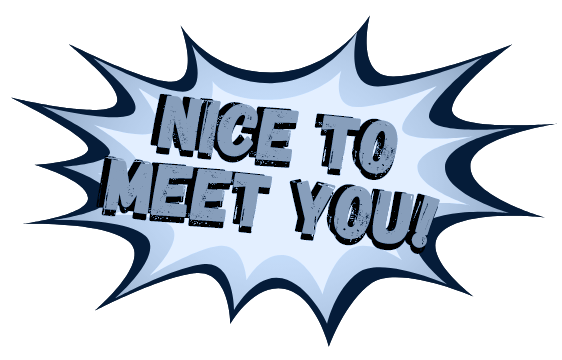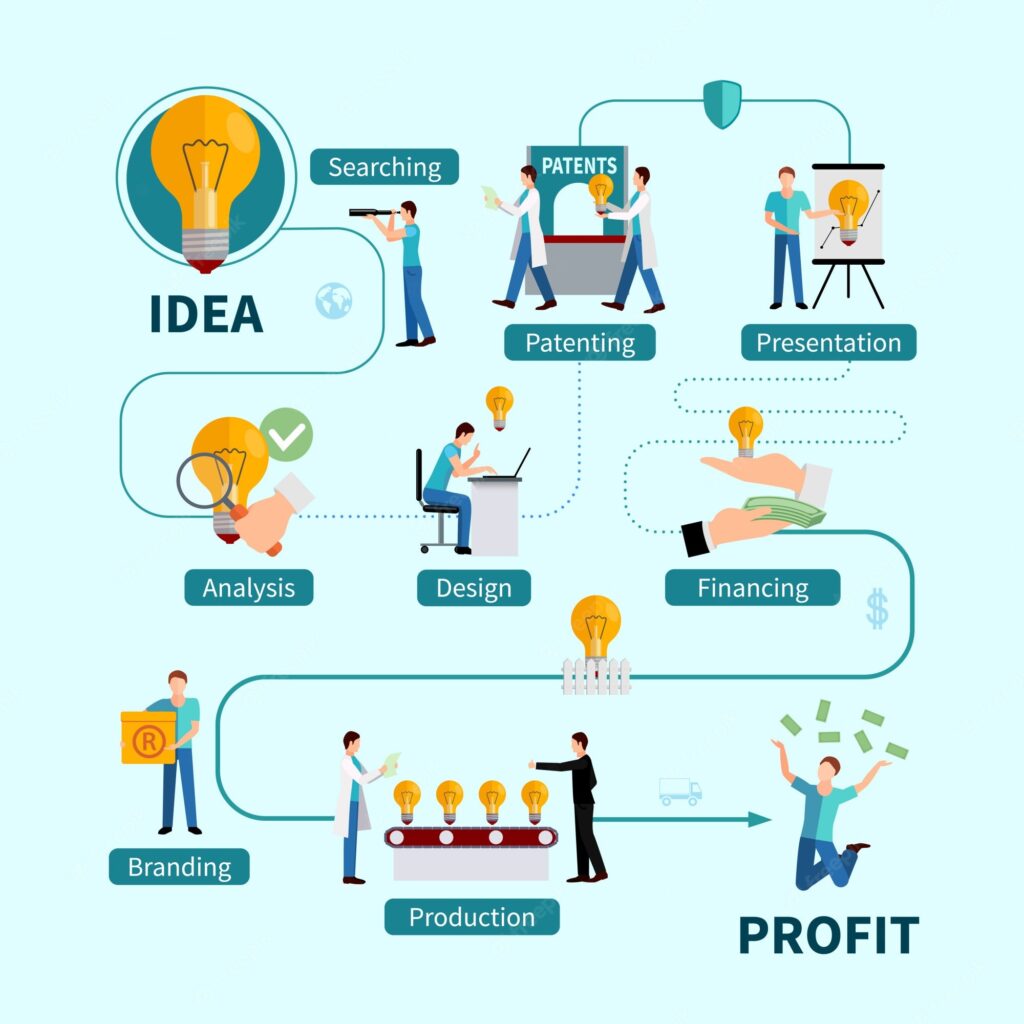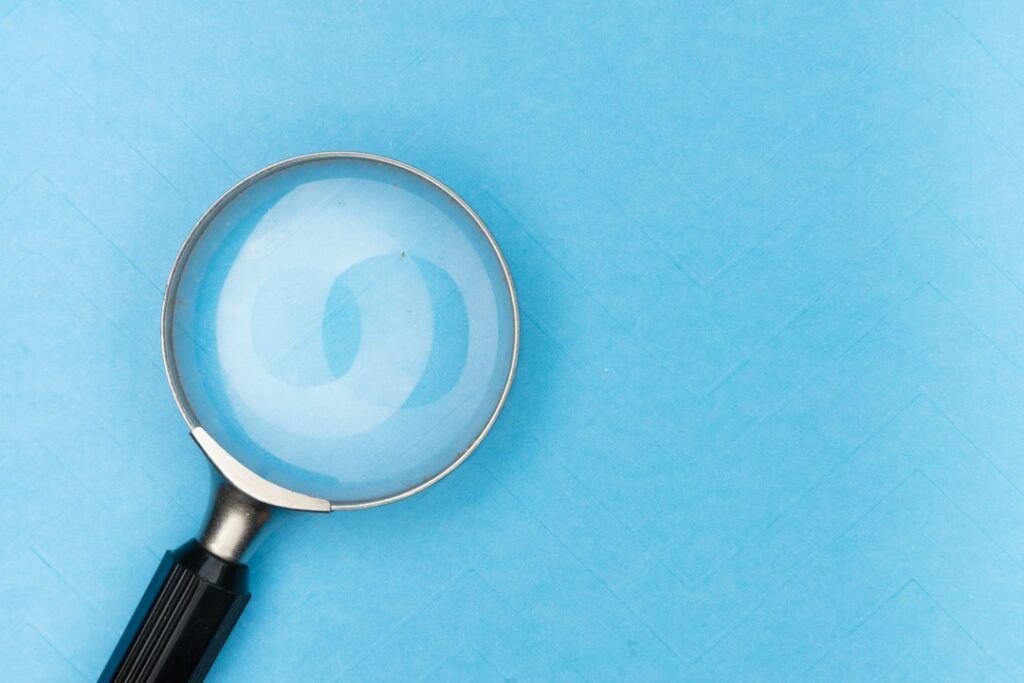So what is a Patent?
Inventions can be new machines, devices, processes and even new plants. Patents are registered for a limited period of time (20 years from filing date). The term of your patent depends on what type of product you are trying to patent and which country’s laws governs it. Patents are not required for all inventions but they do protect against copying by others who would want to copy your idea without paying you money or getting permission from you first!
Patents are not required for all countries but it does protect against copying by others who would want to copy your idea without paying you money or getting permission from the patent owner (you) first!
You can’t patent an idea but you can patent an invention
You may get a patent for the following types of inventions:
- Processes, machines and apparatus that perform a function (for example, a washing machine or a dog whistle);
- Substances isolated from nature (“natural” products) like an apple seed;
- Biological material created artificially in the lab (like genetically modified maize);
- Plant varieties and flowers;
If you think your idea is so valuable that you need to protect it with a patent, get started right away!
If you think your idea is so valuable that you need to protect it with a patent, then you should get started right away. However, make sure you have aligned the filing strategy with your business plan as patents take a long time to get approved and are expensive as well. Also, in some cases patents are simply not the best option. Especially, if it is very hard to understand what you have done (as the patent application will be published and is a guide to what you are doing) or if it is difficult to prove someone else I using your idea in their solution. For better understanding when and what to so, contact and IP-expert.
However, if you indent to go for patents, then be hasty as the priority date of the application is the key to success. Anyone else trying to claim the same thing later will be rejected if you are first and vice versa if you are number two in line. There are three criterias that need to be fulfilled in order to get a granted a patent protection.
- It must show a technical effect: That is, the suggest invention must be reproduceable and with a transparent results. E.g. a medication should be having the stated effect every time.
- It must be new. That is quite obvious; an invention has not be already known or made anywhere else in the world. So keep quite and use NDA before revealing anything outside the core team.
- It must involve an inventive step. This indicates that the suggested invention must be the creation of something out of the ordinary work and not obvious someone skilled in the field.
What if I find out someone is using my idea?
If you find out that someone has stolen your idea, there are several steps you can take to react to it.
If it is patented, then you have potentially strong legal standing point. If someone else is using what you claimed in your invention, they should be paying royalties or licensing fees to the patent owner (which is you), or they could face major penalties in court. Thus, the first thing is to inform them on the fact you believe they are profiting from your rights. But if they do not stop using your claimed technology after receiving a cease-and-desist letter, they might not even care about the consequences! In that case, it’s time for some serious negotiation with lawyers on both sides involved in order for everyone to see eye-to-eye about what should happen next. Either they should buy an appropriate license and their business can continue as usual, or they should abandon using your solution in their products or services.
We found out that someone else had come up with it our clever invention – and protected it
In addition to patenting yourselves, it is even more important to assess what others have been claiming protection for around your field of invention. You are responsible for making sure you are not using someone else’s rights in your solution. Thus, before launch this is one of the crucial steps is to perform a so called “freedom to operate” analysis where you identify potential threats and patents claiming know-how you need or are using in e.g. your product or service. Identified risks may be avoided typically by either taking a license from the other party or by re-engineering your solution altogether. Now, that’s is why it is important to understand the innovation landscape of related patent early on.
You may wish to consult an IP- or patent professional help to explore the global patent databases or do a first screening yourselves via more easy accessible AI based tools such as IPscreener. This will give you a better idea of what has been tried to patented world-wide and whether your invention has already been done by someone else.
If someone else has invented something similar, you can’t patent it again. In this case, you will have to decide whether or not it’s worth pursuing the idea in spite of being unable to file for a patent yourself.
Mutual Benefits of Competitor analysis
- You can use competitor analysis to find out what development has taken place within in your field, and avoid reinventing the wheel.
- Competitor analysis can help you determine whether or not to pursue a given idea, because it shows how many others are already working on similar projects.










